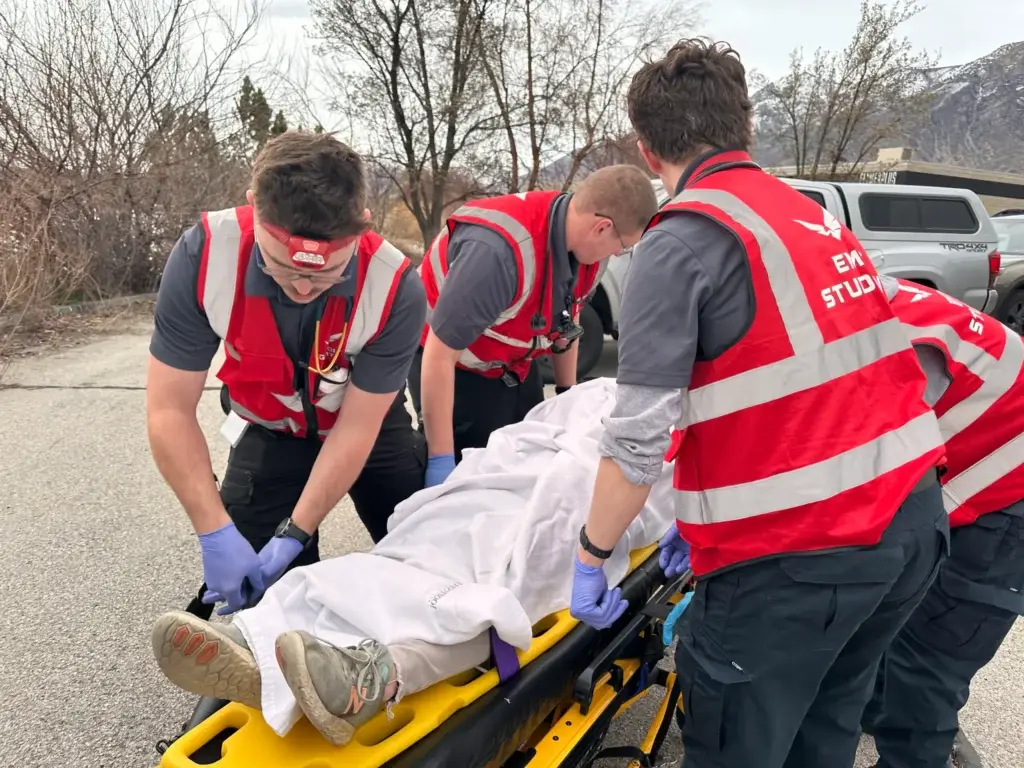If you’ve recently enrolled in an Emergency Medical Technician (EMT) training program, you’ve likely encountered a mix of classroom lectures, textbook learning, and maybe a few simulations. While the theory is essential understanding anatomy, protocols, and pharmacology it’s the hands on experience that truly transforms an EMT student into a capable responder.
In emergency medicine, knowing what to do isn’t enough. You must know how to do it quickly, confidently, and under pressure.
Why Hands On Training Matters
1. Building Muscle Memory
When responding to trauma or cardiac arrest, seconds count. Performing CPR, applying a tourniquet, or managing an airway needs to be second nature. Hands on practice reinforces these skills so they become automatic. You don’t want to be thinking through textbook steps when a life is on the line you want your hands to know what to do before your brain finishes the thought.
2. Developing Clinical Judgment
Patient care isn’t always black and white. You’ll encounter real world situations that don’t match textbook examples. Working alongside experienced paramedics or instructors in clinical and field settings allows you to see how subtle signs skin color, behavior, or breathing patterns can affect decisions. These are lessons you can’t fully grasp through a PowerPoint slide.
3. Boosting Confidence
It’s one thing to understand how to use a bag valve mask; it’s another to actually manage a patient’s airway in a moving ambulance. Simulations and clinical rotations expose you to the chaos and unpredictability of the field, giving you the experience and confidence to perform when it really matters.
4. Learning Communication and Teamwork
EMS doesn’t work in isolation. EMTs collaborate with firefighters, paramedics, nurses, and law enforcement. Hands on training helps you develop the soft skills communication, delegation, and situational awareness that are just as important as clinical skills.
Making the Most of Your Hands On Time
- Ask questions: Every call is a learning opportunity.
- Be proactive: Offer to start IVs, take vitals, or prep equipment.
- Reflect: After each shift or clinical experience, ask yourself what went well and what could be improved.
- Stay humble: You’re in training, and mistakes are part of the process. Use them to grow.
Final Thoughts
Textbooks build your knowledge. Hands on training builds your readiness. As an EMT student, embrace every opportunity to work with real patients, operate in the field, and observe the split second decisions that define emergency medicine.
Because when the tones drop and you’re racing to a call, your training especially the hands on part is what prepares you to make a difference.
🚑 Need gear for training or your next shift? From trauma kits and airway management tools to simulation manikins and everyday EMS essentials, Medtech has you covered. Reach out to our team to get the right supplies to support your hands on training and field readiness.
👉 Visit MedTechkits.com or call 844-800-8740 to order supplies or speak with a representative today.

